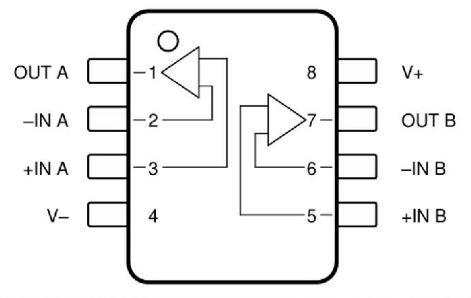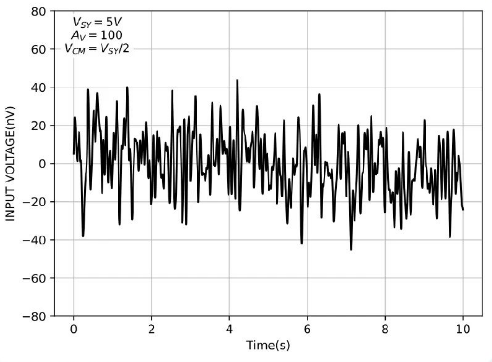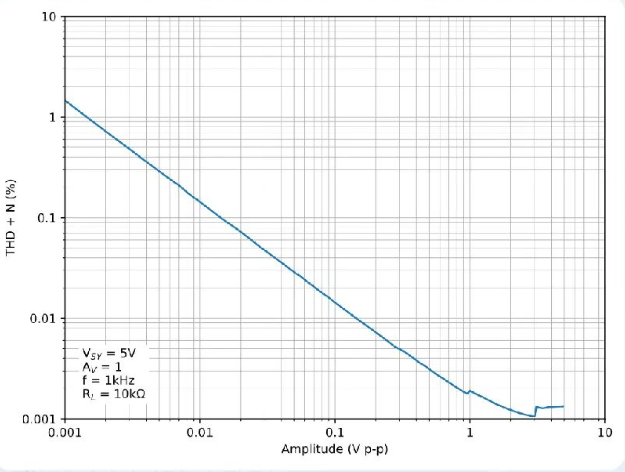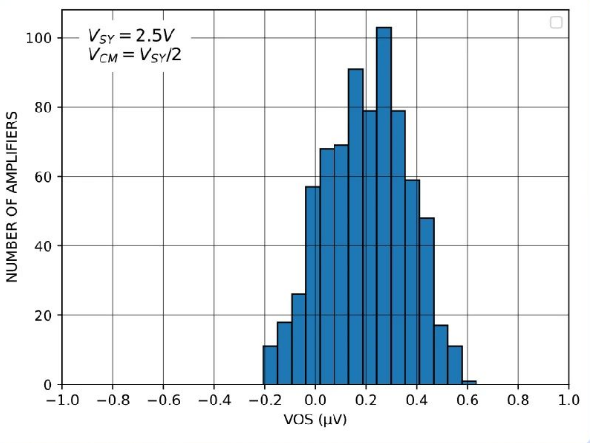【New Product Release】LHAMP1528: Ultra - low Noise, Zero - drift, Rail - to - Rail Precision Amplifier
来源:【New Product Release】LHAMP1528: Ultra - low Noise, Zero - drift, Rail - to - Rail Precision Amplifier
2025-02-10
LHAMP1528 - 2 is an ultra - low - noise, zero - drift precision operational amplifier that
can achieve rail - to - rail input and output. It features extremely low offset voltage and noise:
the typical offset voltage at room temperature is 0.3uV, with a maximum of 2.5uV;
the 0.1 - 10Hz noise is 90nVpp (gain = 100), and the noise density is 5nV/√Hz.
These characteristics and performance make LHAMP1528 - 2 an ideal choice for
driving high - precision analog - to - digital converters (ADCs) or buffering the output of
high - resolution digital - to - analog converters (DACs).
It exhibits excellent performance when driving ADCs without degrading linearity.
When paired with Linghuilixin's high - precision four - resistor matching network LHE5400,
it can achieve far better accuracy than traditional instrumentation amplifiers.
The operating temperature range of LHAMP1528 is - 40°C to 125°C.
The packages are 8 - pin SOP, MSOP, and QFN.

- Extremely low offset voltage: Typical 0.3uV at room temperature, maximum 2.5uV
- Low offset drift: Maximum 25nV/°C
- Ultra - low noise
- 5 nV/√Hz @ f = 1 kHz, AV = + 100
- 90 nV p - p @ f = 0.1 Hz to 10 Hz, AV = + 100
- Open - loop gain: >130dB
- Common - mode rejection ratio: Typical 145dB, minimum 130dB
- Power supply rejection ratio: Typical 140dB, minimum 130dB
- Gain - bandwidth: 4MHZ
- Power supply: Single - supply 2.2V - 5.5V; Dual - supply ±1.1V - ±2.75V
- Power consumption: 1.3mA per amplifier
- Temperature range: - 40°C to + 125°C
- Electronic thermometers
- weighing scales
- temperature transmitters
- ventilators
- data acquisition (DAQ)
- semiconductor testing
- laboratory and field instruments
- commercial network and server PSUs
- analog input modules
- pressure transmitters
- Measured data

-----0.1Hz - 10Hz noise-----

-----Total Harmonic Distortion plus Noise (THD+N) vs Amplitude-----













